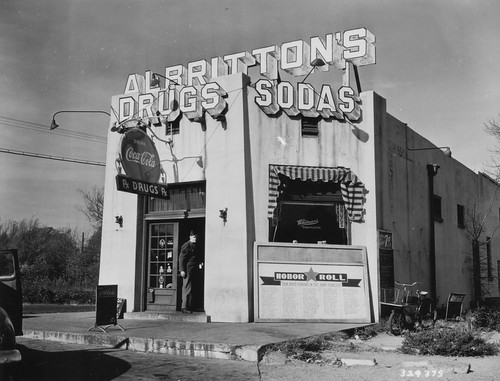The 1893 Fair That Changed the World
 Show on map August 11th, 2008
Show on map August 11th, 2008
By Jonathan H
In 1892, an entire city arose from the swamps of Chicago to host the greatest mass of people ever assembled in the United States. On the heels of the Paris World Exposition, America wanted to display its new industrial might and cultural refinement. The Chicago World’s Fair drew a crowd of 27 million. At the time, essentially half of America’s population attended.
Surrounded by a country mired in the depression of the early 1890s, Chicago seemed to be in a world of its own – completely oblivious to simple economics.
This exhibition was for the American Cereal Company – the famous purveyors of Quaker Oats
It was here that Shredded Wheat made its first foray into the American iconosphere (which was described by fair-goers as “shredded doormat” “sawdust” or “cardboard,” despite its later success). Juicy Fruit captivated fair-goers, men had their first swig of Pabst Blue Ribbon. And perhaps the fair’s greatest achievement was the invention of the Ferris Wheel. No other element of the landscape has had such a profound effect on our milieu of outdoor leisure.
This was no simple fair. It was the “World’s” fair – the Gilded Age equivalent of the Epcot center, but on a much larger scale. And it was all built in less than a year.
In 1892, Chicago was home to scores of stockyards and slaughterhouses. Everywhere, was the smell of blood and death. The homicide rate in the city was among the highest in the country. All around were the signs of a soon-to-be great city that needed something to set it apart. The fair’s symbol was the Phoenix – perhaps the most appropriate symbol ever chosen for any event in the history of mankind, because in less than two decades, Chicago had arisen from the ashes of the Great Fire and housed the greatest architects and architecture of its time.
This painting by William Hunter Crane, depicts the debaucherous “carnival” adjacent to the World’s Fair, the Midway Plaisance. Note the Phoenix engraved at bottom left, the world fair’s official symbol.
In Chicago, Frank Lloyd Wright got his start. It was Daniel Burnham, the man who designed the Flatiron building and D.C.’s Union Station, who planned the fair’s architectural environment. The grounds were meticulously laid out by Frederick Law Olmstead, landscape designer of Central Park, and the country’s premiere Landscape Architect.
Here, the world’s largest building – said to have the capacity for the entire Russian Army – was built in months. It was the first large-scale use of electricity. Generators, incandescent bulbs, alternating currents, and electric boats were everywhere. The vast majority of visitors to the fair had never seen these things in their life.
If there’s one book any aspiring architect or landscape aficionado should read, it’s Erik Larson’s The Devil in the White City. It’s a true account of the events, the men, and the tragedy that resulted from the fair. Larson paints a portrait of an America that had ambition – something which seems a spectre in today’s modern mode of stasis.
In the coming months, you’ll be treated to a smorgasboard of buildings — all exclusively garnered from a recent acquisition of Bearings. We’ve hand-picked these sketches from a rare 1893 book. Above is the Manufactures and Liberal Arts Building – the world’s largest building. Others will be presented soon, and thank you for reading Bearings.






